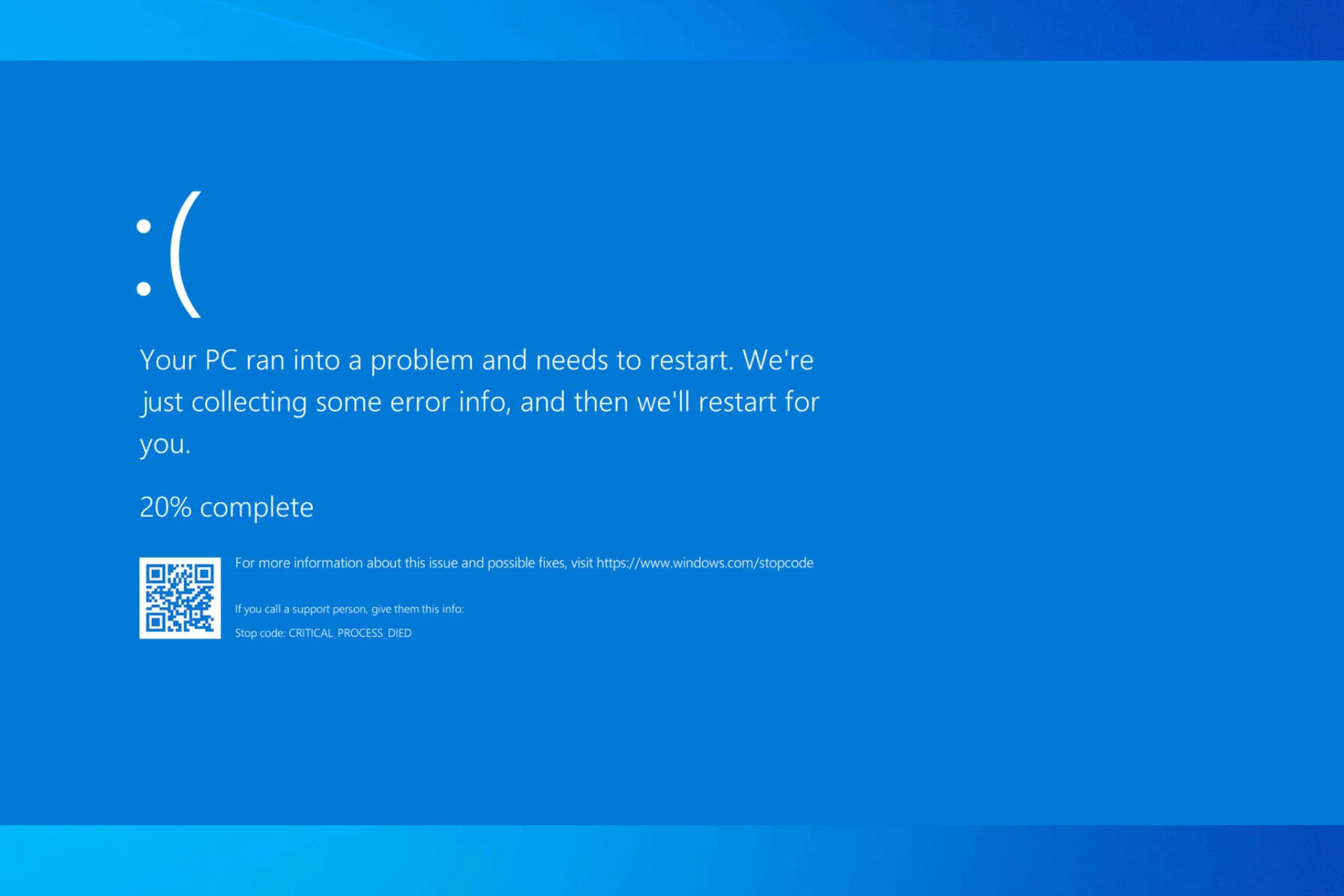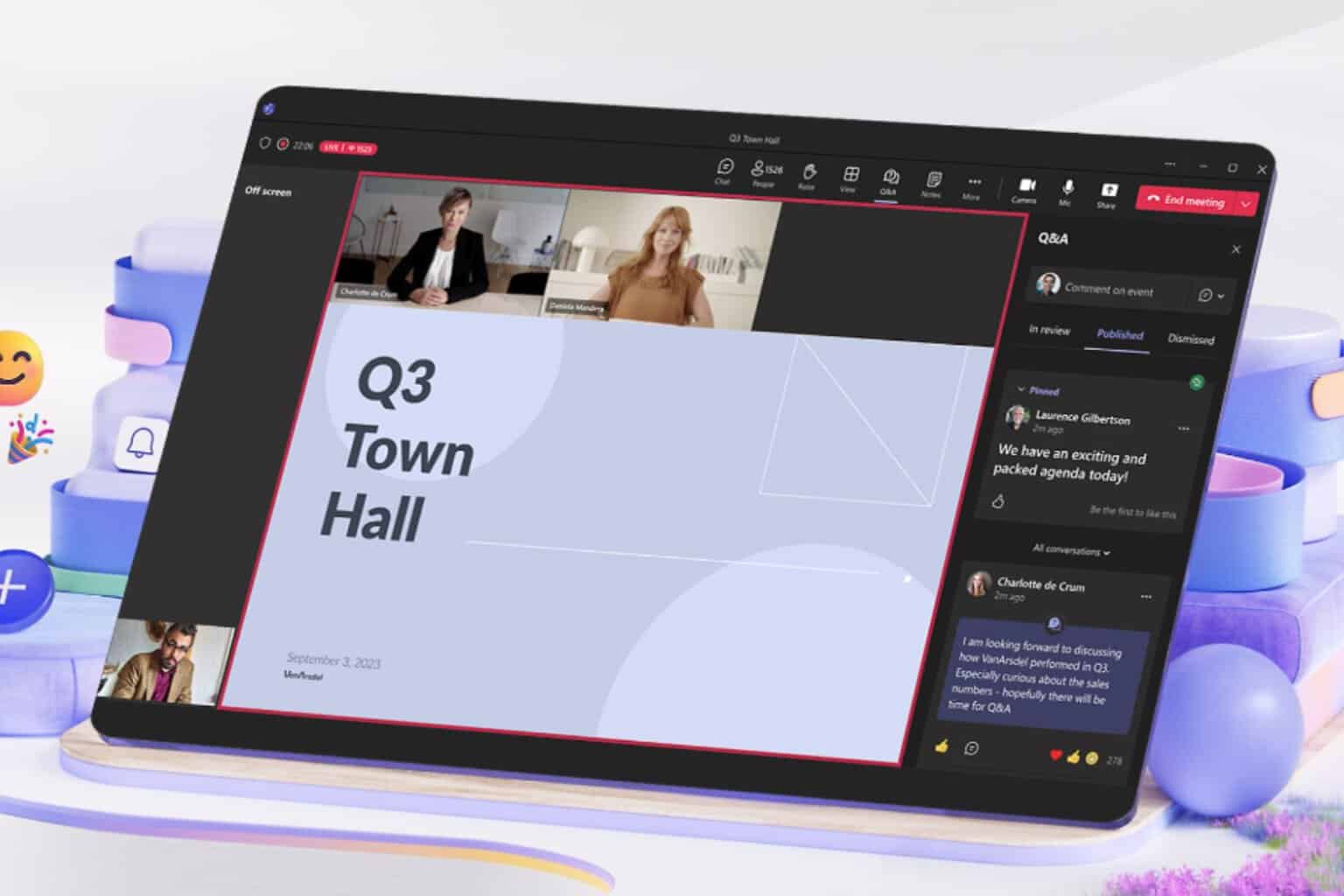Half of Windows 10 business migrations could be leaving machines at risk, study says
2 min. read
Published on
Read our disclosure page to find out how can you help Windows Report sustain the editorial team. Read more

When it comes to Windows 10, enhanced security features such as Device Guard are one key reason that many business and organizations from across the globe are putting their trust in Microsoft’s operating system. A new report out by enterprise software company 1E, however, finds that half of Windows 10 business migrations could be leaving machines at risk (via Business Wire.)
While 1E is known for selling solutions for automating clean installs of Windows, their report still points out that in-place upgrades to Windows 10 may be leading many organizations to miss out on enabling advanced security features. For instance, the report highlights that an in-place upgrade fails to provide the full suite of Windows 10 security features including Secure Boot, Device Guard, and biometric authentication.
Funny enough, the survey in the study also found that of the more than 500 U.S. IT decision makers, 47 percent believe that security is the single biggest driver behind an enterprise moving to Windows 10. Other interesting points in the study include the following:
- A clean install delivers those benefits but with traditional approaches, it needs a lot of manual intervention. That puts a load on busy IT teams, it interrupts end-user’s work and can’t be scaled to handle thousands of machines in hundreds of locations.
- Even though the majority of respondents are taking the in-place update route which, in theory, should eliminate the need for manual intervention, that doesn’t seem to be the case. 94% say they still expect to perform some manual steps. That could be arranging for an IT expert to visit every desktop or having those systems handed over to IT to perform the update. Either of these options are expensive in terms of staff time and interruption to business.
- Human intervention is the key limiting factor to how fast you can roll out Windows 10. It’s easy to work out: How many systems
can each person update per day and scale that up to your total number of systems. Automation and zero-touch processes are critical to success. - The longer the project takes, the more risk your systems are exposed to as well as increasing numbers of dis-satisfied end users.
Do you agree with the findings in this report? Or do you think that your organization is more secure with Windows 10? Let us know your thoughts!








User forum
0 messages